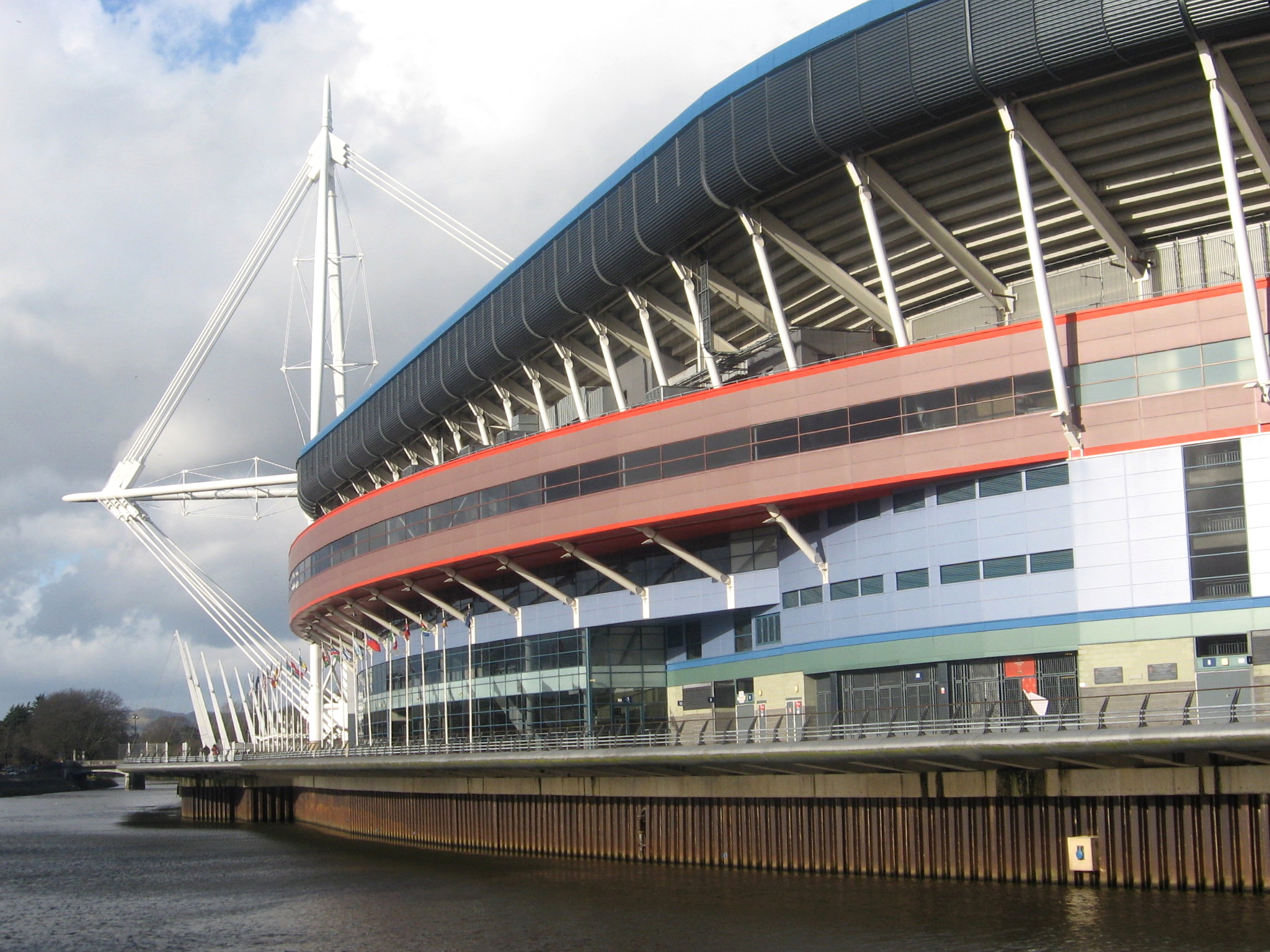
Photo via <a href=”https://www.goodfreephotos.com/”>Good Free Photos</a>
By the 1990s South Glamorgan County Council (SGCC) wanted to turn Cardiff into a European city of the stature of Cologne, Copenhagen, Seville or Barcelona through a long-term strategy known as Euro-Capital 2020. The aspiration was to develop Cardiff into a city that could compete for investment on a European platform by raising its international profile and creating a quality of life comparable with Europe’s most desirable cities. The policy was an attempt to embrace the move towards a single European market, to be prepared for the possible advent of devolution under a future Labour government, and to encourage the people of South Glamorgan to share in the vision.
Becoming a city of European worth meant developing the cultural, environmental and physical characteristics of continental cities. A first step was the redevelopment of Mill Lane, a downmarket street at the bottom of the central shopping district. Although Wales does not enjoy the same weather conditions as southern Europe, the street was transformed, with SGCC’s aid, into a café quarter, complete with fashionable restaurants and pavement tables. This was a popular and commercially-successfully project, but it was far too small to promote Cardiff into the European league of capitals. Instead, the central tenet of the 2020 project became the Millennium stadium. This was a project whose genesis owed more to external factors that the European capital vision, but it did give Cardiff a facility of true world-class quality.
In 1992 Barcelona hosted the Olympics and the event was perceived to have been central to the city’s successful regeneration. It became something of an inspiration to Cardiff and other cities across Europe and longterm ideas of sport as a major driver of urban renewal began to seem more concrete. Cardiff had already unsuccessfully bid to host the 1986 Commonwealth games. Although the near-corrupt practices of that process had disillusioned South Glamorgan County Council, sport remained in the council’s thinking as it looked to promote Cardiff as a vibrant capital city of European status.
The initial impetus for a new stadium came from the Welsh Rugby Union’s plans to bid to host the 1999 rugby world cup. The SGCC leadership supported the planned bid, not only because its leader Russell Goodway was a rugby fan, but also because such an event offered an opportunity to promote Cardiff on the world stage. Yet the WRU also had plans for a new stadium in Bridgend. This would have undermined the benefits for Cardiff of both a world cup and rugby internationals more generally. The council thus suggested taking the idea forward by building a brand new state-of the-art stadium on the site of Cardiff Arms Park with funding from the lottery’s Millennium Commission. This idea was an opportunity to ensure that, in the economic and environmental modernisation of Cardiff, the centre was not left behind the fast changing Bay.
It was also an idea that was very firmly rooted in political opportunism. In Cardiff Bay, there were ongoing plans to build an opera house that were running into controversy, not least over design and match funding, in the quest for support from the Millennium Commission. With a public outcry over the spiralling cost of the Covent Garden opera house in London, the government was reluctant to see another costly, high-culture project given a large sum of public cash. In contrast, a new stadium was clearly populist, and offered the government a way of rejecting the Cardiff opera house bid without being seen to snub Wales or its capital.
The sceptical WRU was won over to the cause of a new stadium but its first, rather thrown together, bid for lottery funding from the Millennium Commission failed. This led SGCC to essentially take over, preparing a successful second bid. Securing the money became something of a personal priority for Goodway and considerable SGCC time and resources were pumped into the project. The WRU has since been given much of the credit for the stadium but initially it seemed rather conservative in both its ambitions and plans. Individuals within SGCC were instrumental in persuading the WRU of the need for a retractable roof and removable pitch, both of which were crucial to making the stadium financially viable by diversifying its possible uses.
The economic hope placed in the new stadium was considerable. Goodway claimed it could ‘be the engine house of prosperity for the next 50 years, attracting investment and tens of thousands of visitors to Cardiff and Wales, helping regenerate large areas of the heart of the Welsh capital.’ By being a national stadium, its importance and significance stretched beyond South Glamorgan and into Wales as a whole. Here was Cardiff acting as a capital by providing the rest of the nation with a landmark building, that was not only economically important but that could also act as a focal point for Welsh patriotism.
Given the importance of sport in Welsh national identity, the impact of the stadium here should not be underestimated. It was envisaged that it would be a symbol of hope, progress and pride for Cardiff and Wales. Implicit in this was the modernity of the project. The stadium’s marketing made clear how it was one of the finest stadiums in the world, whilst in its retractable roof, it had a feature that was hi-tech, progressive and (in Europe) unique. Even the stadium’s very name suggested something for the future (although this was coincidental since it was rooted in the stadium’s primary funders). Thus it was hoped that the stadium would be far more than just a contributor to the economic well being of Cardiff, South Glamorgan and Wales; it was intended as a symbol of what sort of places they were, or at least wanted to be.
In many ways, the stadium has become one of the few genuine success stories in the recent history of Wales. It is also a sign that local governments can make a difference.

